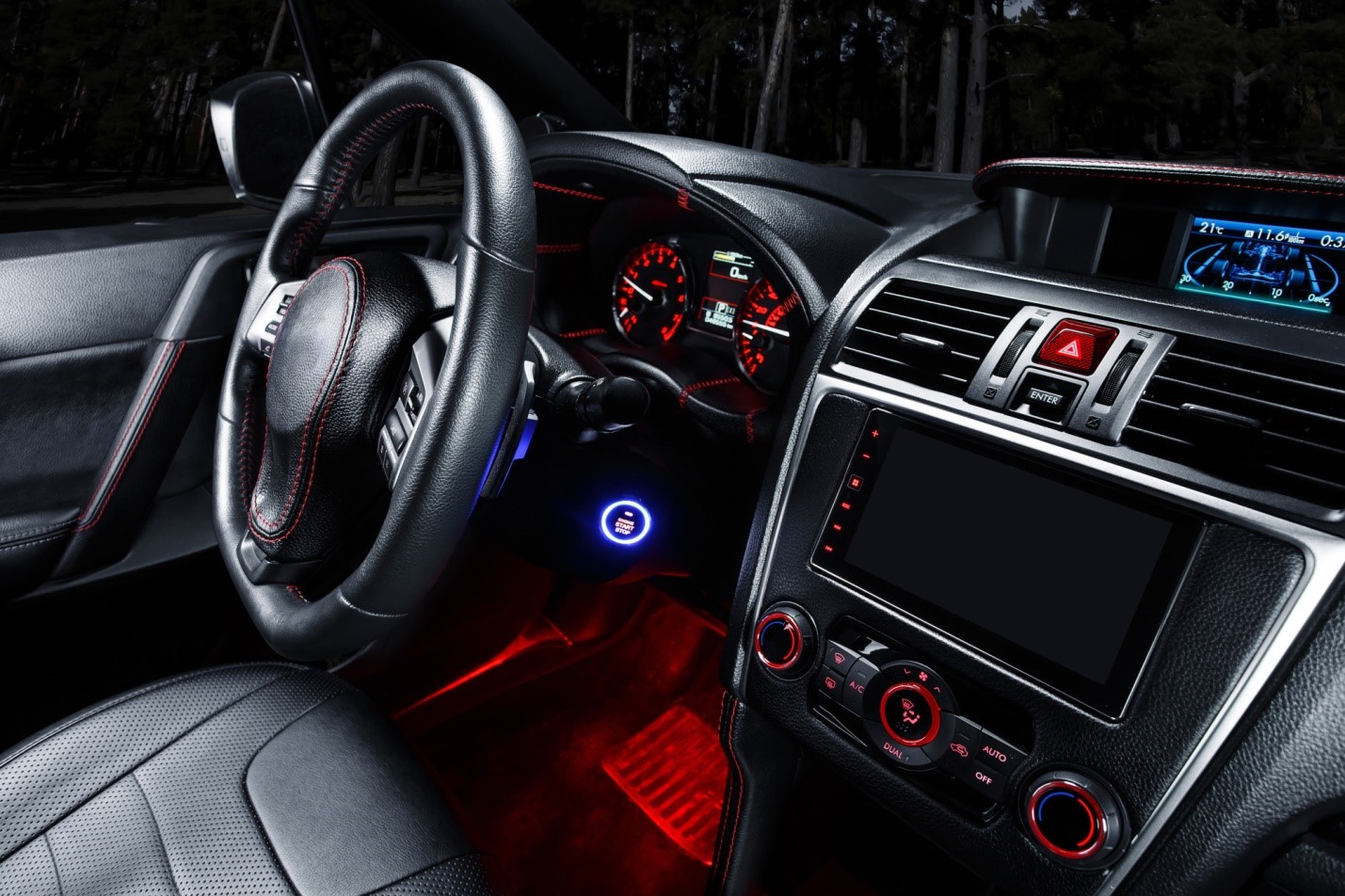[ad_1]
This automotive restoration project began in June 2010, with the client’s sights set on showing it at Pebble Beach. This 1960 Ferrari 250 GT Pininfaria Cabriolet (PF Cab) had been in storage for 30 years in Arizona before being purchased by the current owner. Ferraris during this time were hand built by Italian coach makers and the engines were also hand-built by Ferrari. The 250 GT series was built for the customer that wanted a street legal car that he could also take to the race track. Of course not everyone raced their Ferraris, some customers just wanted the awesome power and beautiful styling of the 250 GT. Pininfarina is still operating and still makes concept and prototype cars for major companies around the globe.
After the Ferrari 250 GT PF Cab was disassembled and media blasted, I set about repairing and reconstructing the body to its original factory state.
This client was particularly concerned about getting the rebuild perfectly symmetrical. I had an idea, born from my experience working in the prototype industry: to build a box with a measuring system to aid the build of the vehicle. The photos below are a brief taste of posts to follow.
The first part of this post covers a measuring device we designed and built specially for this Ferrari PF Cab and the second part explains how it was used to rebuild the tail light area.
The objective of the measuring box is to figure out if a car body was built square to the chassis and is symmetrical from side to side. Before delving into measuring the body, remember that this was a Ferrari hand built body from the 1960′s, so tight tolerances are not expected. The idea is that the Ferrari PF Cab body and chassis sit on a center line inside a 3-dimensional steel framed box. The perimeter of the box acts as a measuring datum so that measurements from the box to the Ferrari PF Cab can be taken on the left and right hand sides and then compared to check symmetry.
The 3-dimensional box is divided into 3 planes representing length, depth, and height. On each axis is 1/2″ machined holes spaced 200mm apart, these holes are locations for the measuring stations. A line runs down the center of the box and the center of the chassis is aligned with a custom stand to the body. The center line only runs length ways, as the body is only symmetrical in one direction. The body is divided into a grid, with the aid of a laser, and numbered to aid recording.
These were the findings of major significance for this Ferrari PF Cab:
1. the front right-hand headlight housing is 10mm further forward than the left-hand headlight
2. the body style line is 6mm higher on the right-hand side than the left-hand
3. the complete rear end of the car is kicked over to the right hand side 50mm from the rear of the doors to the back of the Ferrari. Not from accident/damage, just how the car was built.
4. the left-hand rear tail light housing peak leans inwards 8mm
After discussing the above findings with the client, the first issues to address was the left-hand tail light problem. Now we will show the step by step rebuild and fabrication of the light housing. Why rebuild this area? On first sight the sheet metal housing clearly looked as though the top was angled inwards and second, the housing was too big for the light bezel, which formed the appearance of a step. To be correct in appearance, the surface of the bezel should be level with the surface of the paint. As part of the ‘measuring box’ process, we recorded results showing the top of the housing was 5mm to the right of center. To fix these two problems it was most practical and cost efficient to make a completely new housing and then graft it into the fender.
Steps:
1. Slice away the original taillight housing from the car body.
2. Make a pattern off the original and cut a fresh piece of sheet metal to match.
3. Shape the new piece, using the old piece and the actual tail light until it fits perfectly.
4. TIG weld the new sections together.
5. Offer it up the car body, again adjusting until it fits perfectly. Cleco into place.
6. Check bottom, top, and sides against the measuring box for perfect squareness and symmetry.
7. TIG weld the new housing onto the Ferrari body.
8. Metal finish and then you are ready for paint!
Check my website for step-by-step photos of the measuring box and this process.
[ad_2]











